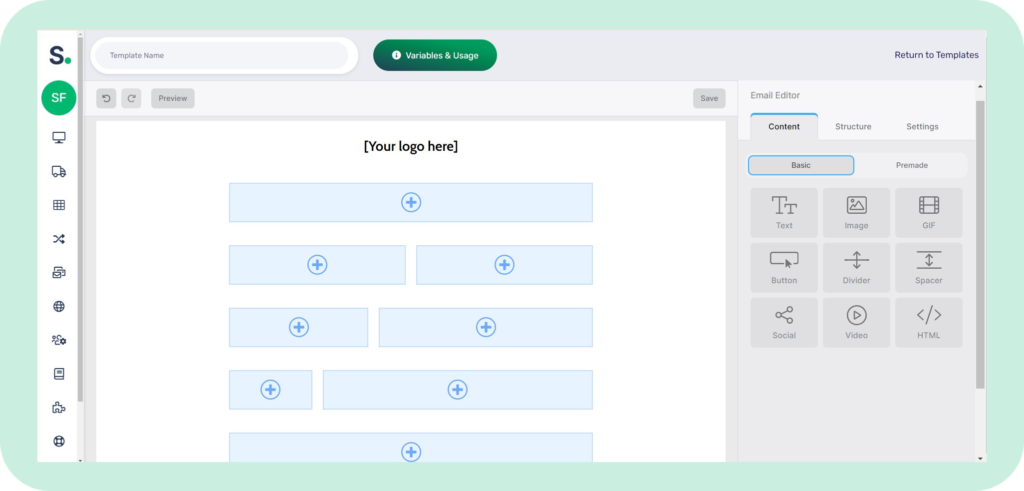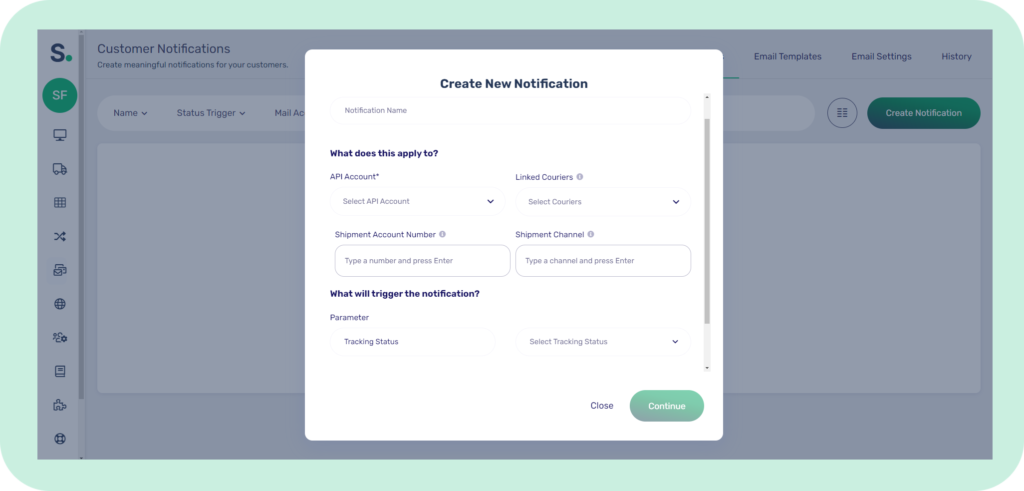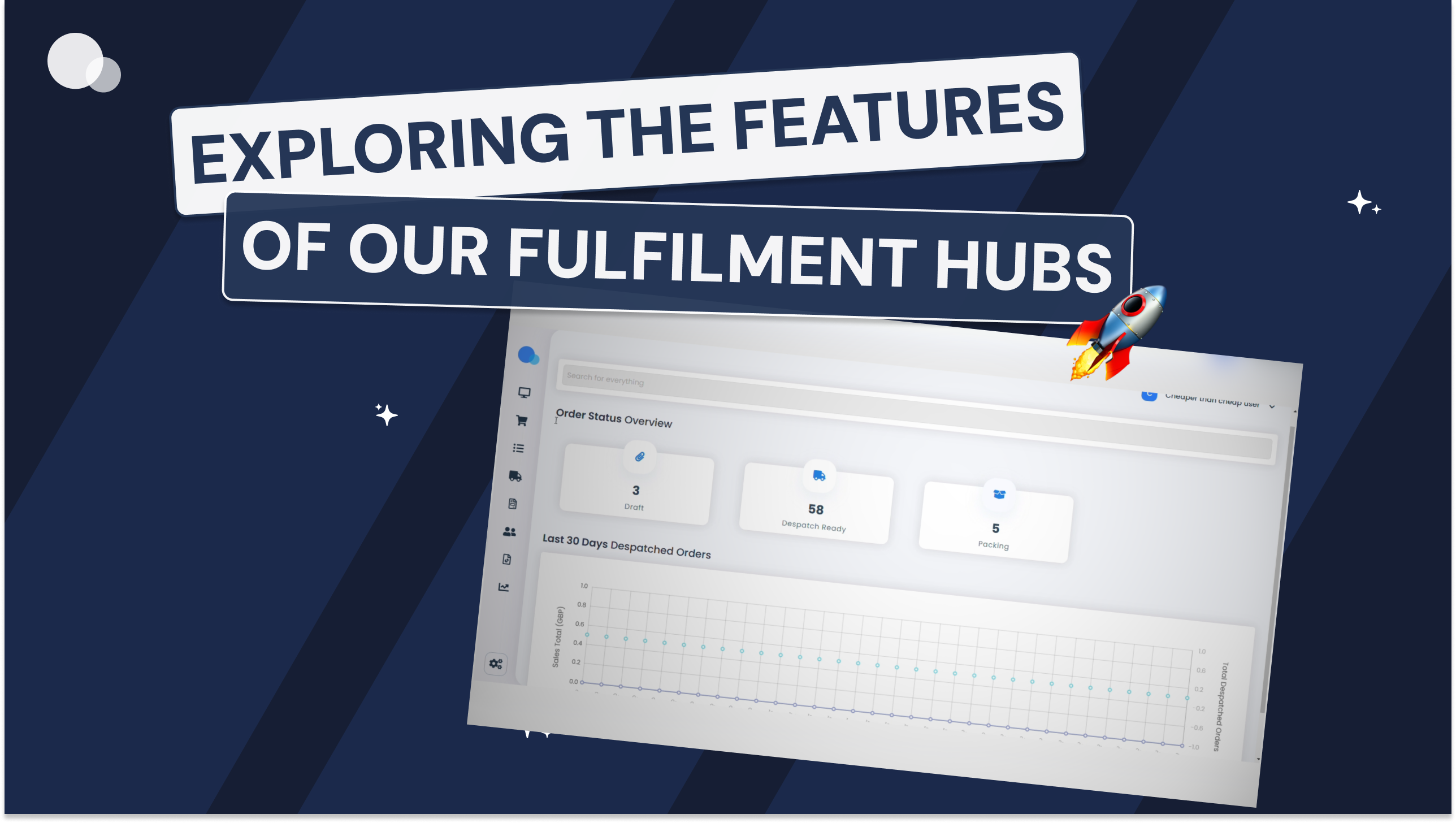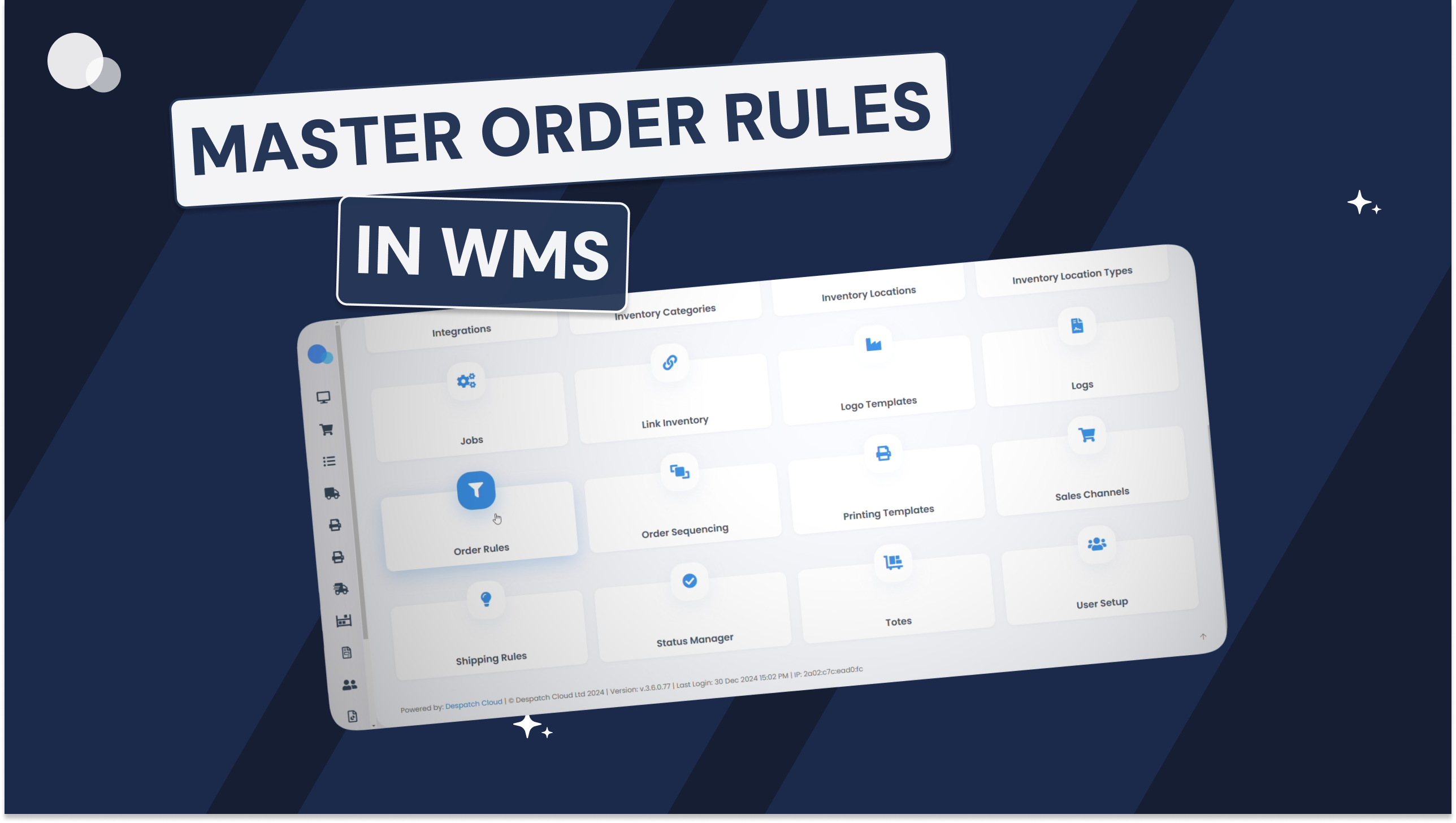Looking for some inspiration on how to make a great shipment tracking email? Ever waited eagerly for a package, feeling the suspense build with every passing moment? Worse even, you check the order confirmation in your inbox and there is no tracking link. Now, your parcel is a couple days late and you still haven’t had any updates. You start thinking next time you’ll buy from Amazon instead, just to be on the safe side.
As an online retailer, this is the worst possible scenario, but not an uncommon one. So how can you tackle this? The answer is easy. Enter tracking emails, turning anxious moments into smooth-sailing experiences. As the main touchpoint between businesses and customers, they shape the narrative from purchase to delivery, and can make or break the post-purchase experience.
In this guide, we’ll explore the power behind effective order tracking emails and their impact on customer loyalty, followed up by an easy-to-follow checklist to inspire you to create and customise your own tracking emails. From building brand trust to cross-selling opportunities, discover the pivotal role of clear and engaging communication in crafting a seamless and satisfying post-purchase journey for customers.
Tracking Emails: What Customers Want
According to a 2023 Forbes article, the standard for last-minute delivery has risen significantly in the past few years, affecting customer expectations around clarity and transparency for shipping.
Another 2022 Total Retail study shows 73.6% of online shoppers believe delivery is the most important aspect of the overall customer experience, yet recent Dispatch Track research shows 1 in 3 customers claim they weren’t able to track their most recent delivery.
Our most recent data suggests that expectations for tracking emails in 2024 include:
- Timely Updates: Customers expect prompt notifications on their order status, from confirmation to shipping and delivery.
- Detailed Tracking Information: Clear and detailed information about the shipment’s current location and expected delivery date is crucial for a positive experience.
- Customization Options: Personalized tracking preferences or the ability to choose delivery time slots contribute to a more convenient and tailored experience.
- Proactive Issue Resolution: In case of delays or issues, customers appreciate proactive communication and solutions rather than discovering problems on their own.
- Mobile-Friendly Updates: With the rise of mobile usage, tracking emails optimized for smartphones will enhance accessibility and convenience.
Ensuring you are meeting these expectations in your own tracking communications will not only help you enhance the overall customer experience, but also ensure you stay ahead of the curve and stand out from your competitors by going the extra-mile (pun intended).
Crafting Customer-Centric Email Communications: The Ultimate Checklist
Whether you’re starting from scratch, or looking to optimise your existing post-purchase communications, we have put together an easy-to-follow checklist you can use to guide you in crafting compelling and effective email templates:
- A clear and concise subject line. In the cluttered landscape of an inbox, customers often skim through subject lines to decide which emails to open. A clear subject line that mentions order tracking or shipment updates allows customers to recognize and prioritize these emails, ensuring they don’t miss crucial information about their purchase.

- Structuring the email for easy readability. Customers expect order tracking emails to provide clear and concise information about their purchase’s journey. A structured email ensures that this information flows seamlessly from one section to another. From order status updates to shipment details, each element should be presented in a logical sequence.
- Personalization to enhance customer connection. By addressing individuals by name, providing specific order details, and even offering personalized recommendations or exclusive discounts based on their preferences, brands can forge a deeper connection. This personalized touch not only elevates the customer experience but also nurtures lasting relationships, fostering a sense of value and understanding between the customer and the brand.
- Providing accurate and real-time information. By ensuring the information is precise and up-to-date, brands instil confidence and reliability in their services. Timely notifications about order dispatch, transit progress, and estimated delivery times empower customers to plan and anticipate their package arrivals efficiently. This commitment to accuracy reinforces trust and satisfaction, enhancing the overall shopping experience.
- Setting clear expectations for delivery. By providing transparent and realistic estimations of when a customer can expect their delivery, brands manage expectations effectively. Clear communication about potential delays or factors influencing delivery timelines builds trust and understanding. Customers appreciate the honesty and foresight, allowing them to plan accordingly. This clarity not only enhances the customer experience but also mitigates potential frustrations, fostering a positive perception of the brand’s commitment to reliability and service excellence.
- Including helpful links and visuals for enhanced clarity. Providing clickable tracking links directly to the carrier’s website allows customers to access real-time updates effortlessly. Visual elements, such as shipment progress graphics or interactive maps, offer a quick and intuitive overview of the delivery journey. These elements not only enhance the overall aesthetic appeal of the email but also cater to diverse customer preferences for information consumption. A well-structured email with user-friendly visuals and accessible links ensures customers stay informed in a convenient and visually appealing manner.
Additional Tips for Order Tracking Email Success
- Encouraging customers to create accounts for enhanced tracking options. By promoting account creation, businesses can offer personalized tracking dashboards, allowing customers to access comprehensive order histories, set preferences, and receive tailored notifications. This not only adds a layer of convenience but also fosters a stronger connection between the customer and the brand. In essence, this approach transforms order tracking from a mere transactional process into a valuable and personalized interaction with the brand.
- Leveraging upsell or cross-sell opportunities within the emails. By strategically incorporating relevant product recommendations or exclusive offers, businesses can capture the customer’s attention at a crucial touchpoint. This not only maximizes revenue potential but also adds value to the customer’s journey, showcasing a thoughtful and customer-centric approach. Balancing subtlety and relevance are key to ensuring that upsell or cross-sell suggestions align with the customer’s preferences and contribute to a positive overall shopping experience.
- Requesting feedback on the order and delivery experience. By encouraging customers to share their thoughts, companies can gain valuable insights into their service quality, identify areas for enhancement, and address any potential issues promptly. Additionally, gathering feedback contributes to building trust and loyalty, as customers appreciate being heard and having their opinions considered in the ongoing refinement of services.
Tracking Emails: How Voila Helps
When designing our Shipping software, we knew we wanted to offer our customers the ability to easily customise their tracking emails without ever having to leave the page.
By consolidating everything under one roof, Shipping helps businesses improve visibility of their post-purchase operations and save time designing and importing email templates from an external platform, contributing to more accurate, streamlined processes.
The best part? With the built-in email template builder, customers can fully customise the look and feel of their tracking updates for engaging, on-brand communications. The drag and drop functionality means users don’t need any coding experience to create functional, professional looking emails, making the design process much faster and convenient.
You can also easily insert variables, such as customer name, product name, or shipping method, to help you take this customisation even further, and add a more personal touch to your communications.

Setting up automated emails is equally as easy. Our UI will guide you through all the information you need to get your automation up and running. All you have to do is pick the specific couriers and channels you want that notification to be linked to (or leave those fields blank if you want it to apply to all couriers and channels), choose what parameters will trigger it (e.g. the parcel has reached the hub), and activate it.

Try for free today
Ship with ease and build your own personalised tracking notifications with our shipment management software.






